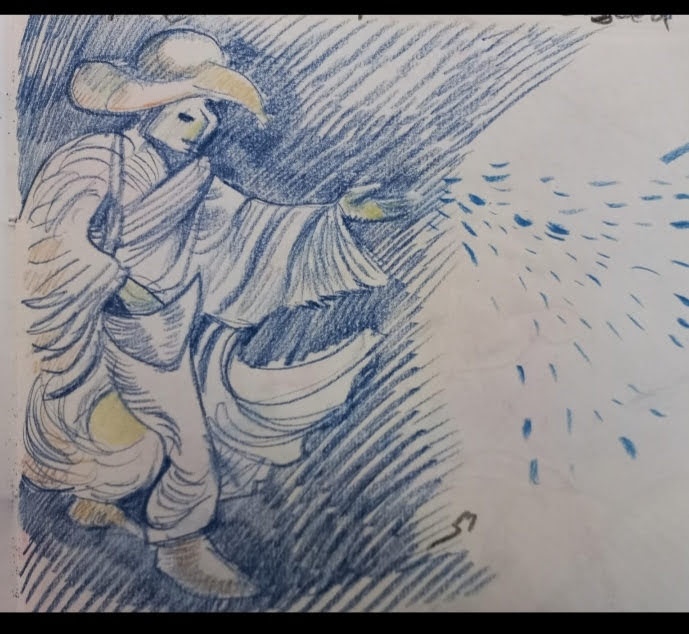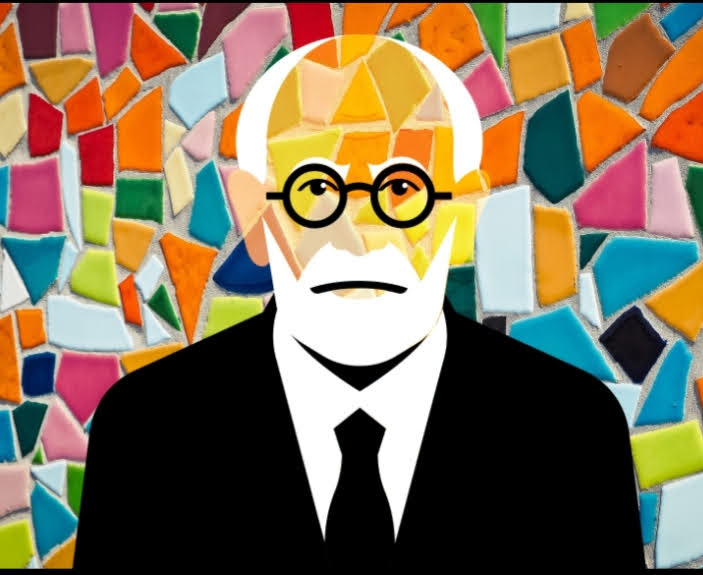
The website DreamTheory.org offers a rich exploration into various aspects of dream science
The website DreamTheory.org offers a rich exploration into various aspects of dream science and psychoanalysis,…
Freudian Theory and Modern Neuroscience
Integration of Freudian Theory and Modern Neuroscience Freud's psychoanalytic theory posits that dreams reveal latent…
Leon Grinberg / “Dreams and Acting Out”
The article by Leon Grinberg, titled "Dreams and Acting Out," published in the Psychoanalytic Quarterly…
vivid and lucid dreaming in narcolepsy
The phenomenon of vivid and lucid dreaming in narcolepsy, characterized by a blend of wakefulness…
why dreams appear so real and vivid
DR George Northoff in his book "neuropsychoanalysis in practice" discusses the question of why dreams…
Sleep Paralysis and Hypnagogic Hallucinations: Psychological and Neuroscientific Perspectives / Dr Raz Even
The exploration of sleep disorders such as REM Behavior Disorder (RBD), narcolepsy, sleep paralysis, and…
On the animal symbol in dreams / Ruth Netzer
The central myth of human culture, and particularly of Western culture, is the victory over…
Sleep paralysis is a phenomenon that manifests at the boundaries of wakefulness and sleep / Dr. Raz Even
Sleep paralysis is a phenomenon that manifests at the boundaries of wakefulness and sleep, characterized…
Art Theory: Lucid Dreaming as a Creative Canvas
From an art theory perspective, lucid dreaming can be seen as a form of ultimate…
LUCID DREAM : WHO DREAMS THE DREAM ?
I once experienced a lucid dream where I was walking with a friend, D., in…




